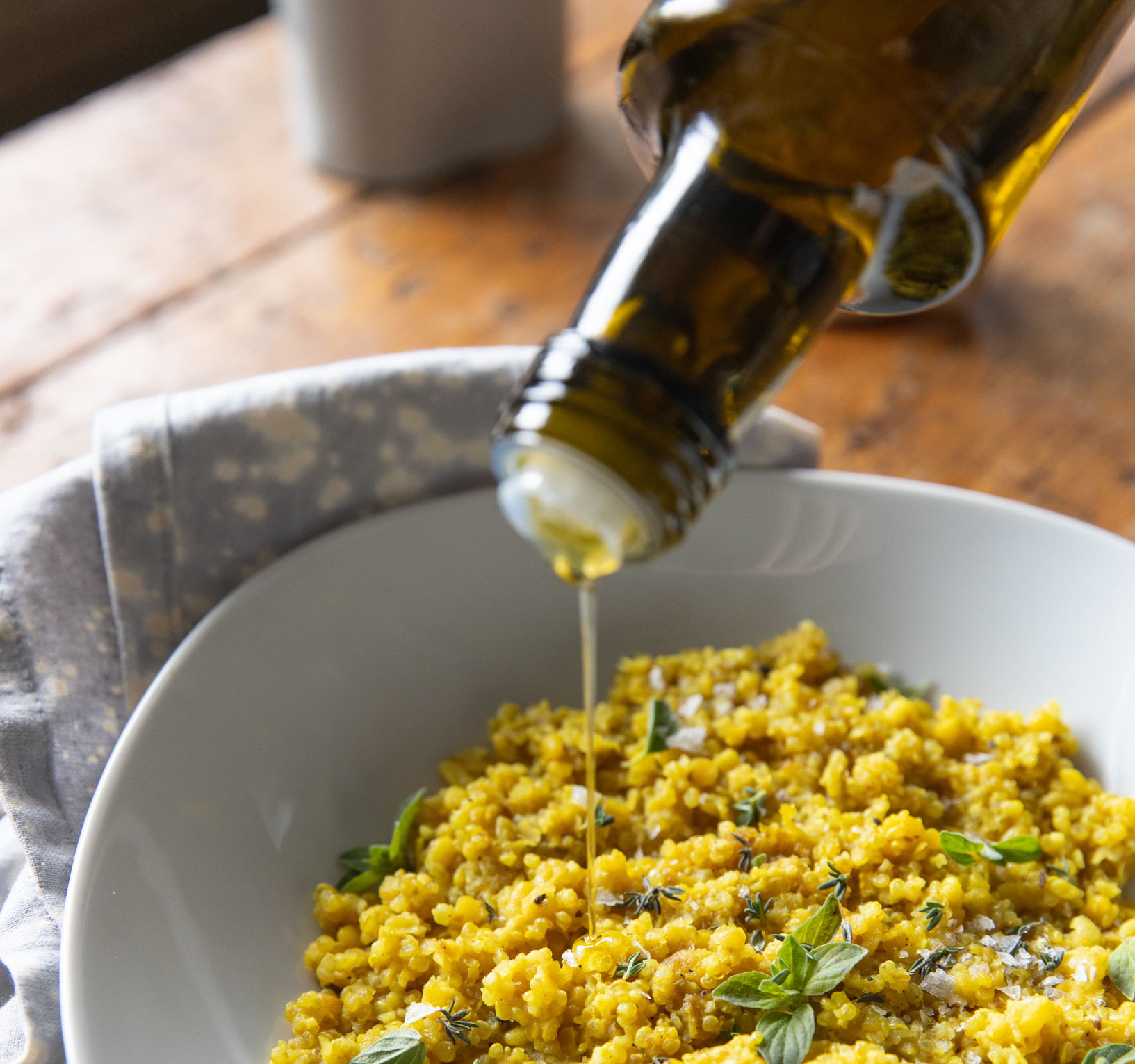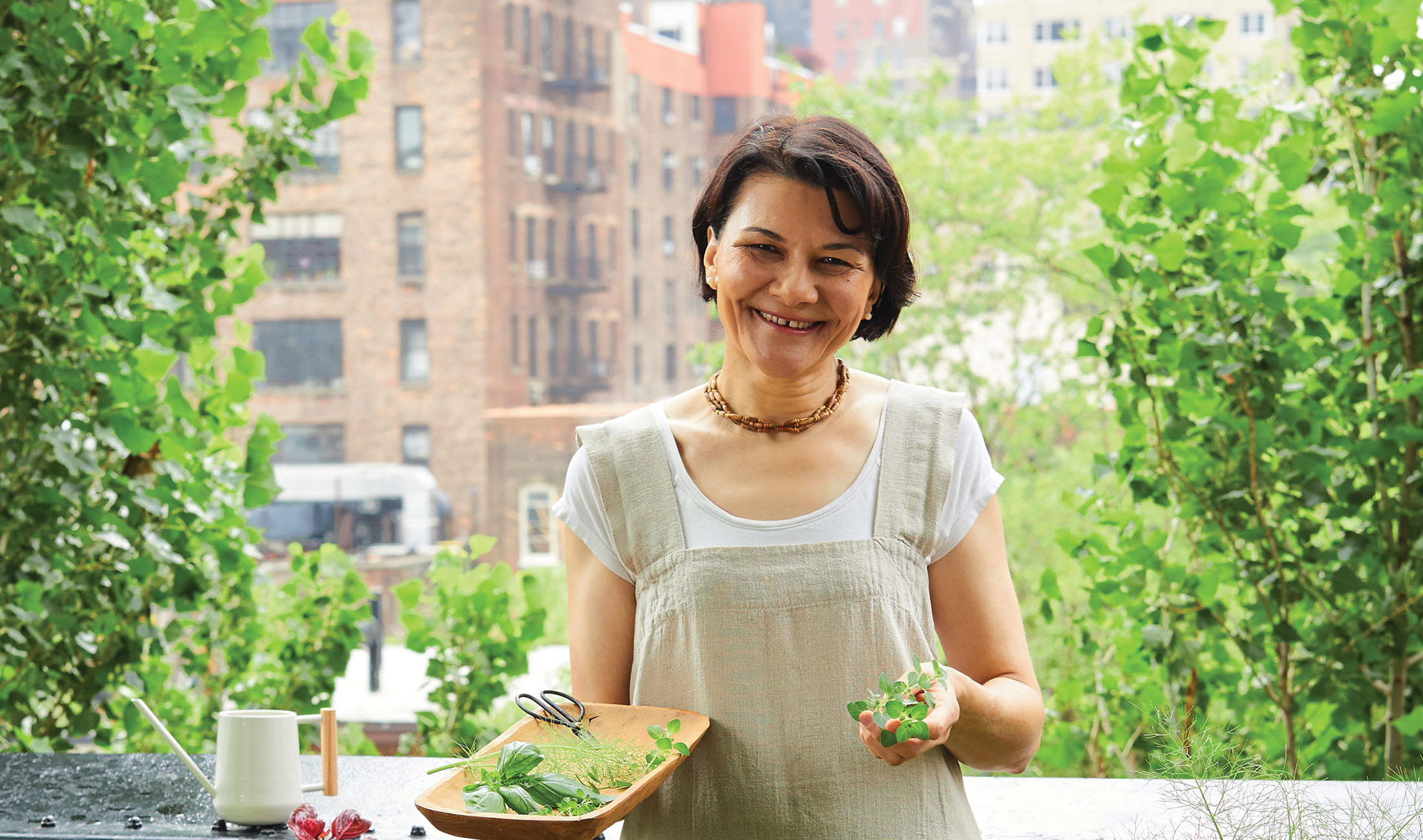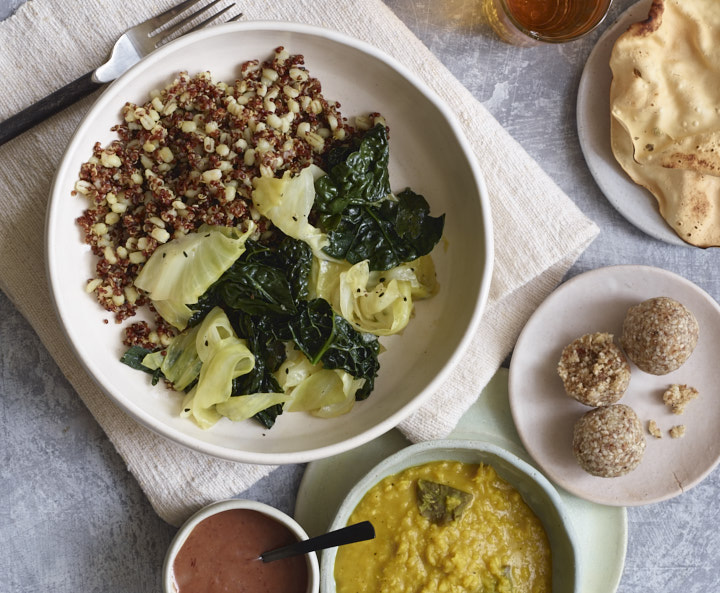Is it Safe to Cook with Olive Oil?
Aug 08thThere is an on-going debate in the wellness world about cooking with olive oil. Does heating it cause oxidation, rancidification and toxicity in the body? If not, what’s the safest way to cook with it? In this article, we explore the Ayurvedic perspective.
- SHARE:

An Ideal Oil
Although olive oil was not mentioned in the ancient Ayurvedic texts, modern Ayurveda experts consider cold-pressed extra virgin olive oil to be excellent for all digestive types in almost all circumstances. Compared to other fruit oils (coconut, avocado), it is lighter, easy to digest and less taxing for the liver and gallbladder. Vegetable oils (peanut, soybean, sunflower, canola, etc) are never recommended because they oxidize easily, which causes and sustains inflammation in the body.
As with any ingredient, quality matters. Always choose extra virgin olive oil, preferably from organic olives (see the end of this article for Divya’s personal favorites). Because oxidation is a major concern with all oils, make sure your olive oil is fresh, cold-pressed and packaged in a light-blocking container such as dark green glass, stainless steel or ceramic. Always consume olive oil within 18 months of the packing date that’s printed on the container.
How to Use Olive Oil in Cooking
Now that we’ve established that olive oil is a healthy option for eating, let’s return to the question at hand: Is it safe to cook with? Yes, as long as you adhere to the following guidelines:
Avoid using (most) olive oil for high-heat cooking
Most olive oil has a low smoke point, which makes it unsuitable on its own for cooking above 350oF. Top quality olive oils have high levels of polyphenols—powerful antioxidants that also raise the smoke point of the oil to 400oF. If you want to use olive oil for a high-heat application such as sauteing, choose the nicest oil you can find. You can also mix any extra virgin olive oil with cultured ghee to raise the smoke point.
Add water when cooking with olive oil
Another strategy is to add water along with the olive oil. This allows the dish to cook without burning the oil. When choosing this method, it’s best to cook your protein or vegetables in water (ex. braising, steaming) and only add the oil in the final phase of cooking. This preserves the fatty acid chains in the olive oil as well as the flavor.
Use olive oil as a garnish
With this strategy, ghee and/or water is used to cook your food to completion. The olive oil is added at the end as a garnish, typically alongside lime juice and fresh herbs. This is the ideal way to preserve the integrity, health benefits and flavor of your olive oil. All of our one-pot meals are designed to be prepared this way.
Added to raw foods like salads and uncooked sauces
According to Ayurveda, raw foods should only be consumed in certain seasons and during periods of strong digestion. When conditions are appropriate, olive oil is an excellent and balancing addition to raw foods.
The Takeaway
Fresh, high quality olive oil is an excellent choice for cooking (or adding to meals after cooking) in any season. Not only does high quality olive oil taste better, it has a higher amount of antioxidants and it’s more stable when exposed to heat.
Although we recommend cultured ghee for most cooking applications, olive oil can be safely used when its flavor is preferred or when you need a healthy, liquid oil. Divya is especially fond of the following olive oils: www.fandangooliveoil.com, www.amphoranueva.com, www.barianioliveoil.com
More Articles

How to Ground Yourself in Difficult Times
In this article, we share simple self-care practices that will keep you steady, healthy and engaged during challenging moments.

Managing Your Sweet Tooth
Ayurveda tells us that there’s room for sugar in a healthy diet, but it’s important to choose wisely. The key: Enjoy sweets in moderation and seek healthier alternatives when possible.

5 Fun Facts about Divya
You know Divya as a chef, author, and teacher. But do you know what makes her tick? Today, we present some fun, lesser known facts about our founder.

An Ayurvedic Guide to Food Combining
In this article, Divya introduces the essential Ayurvedic principle of food combining. She teaches us that it’s not enough to choose healthy ingredients. True health requires us to select quality ingredients that, when combined in a meal, support strong and balanced digestion.





